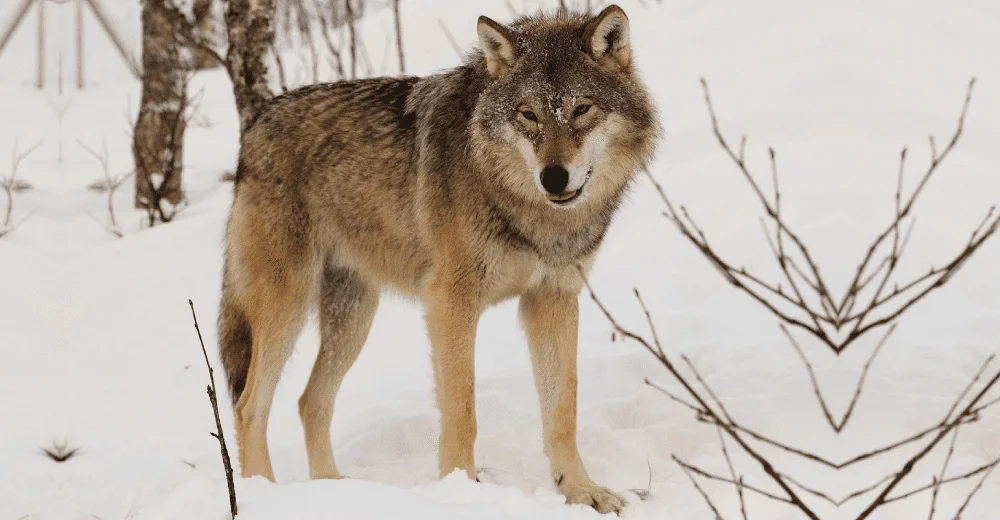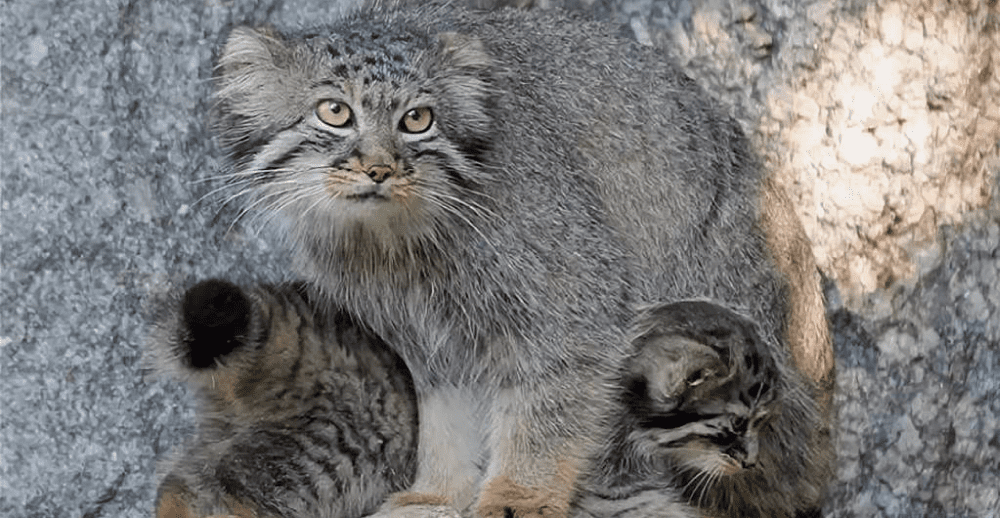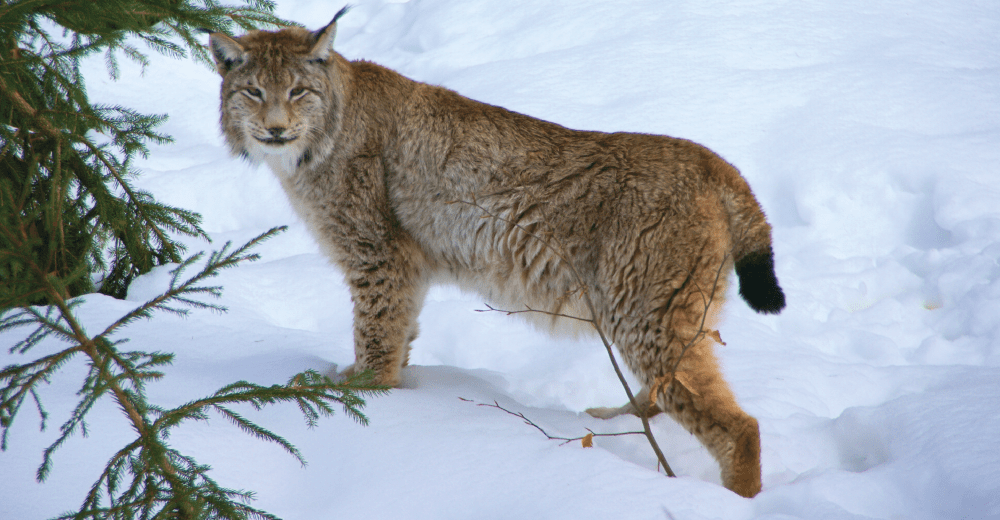The grey wolf is a highly mobile carnivore that disperses over great distances in search of territories and mates. Grey wolves were once widely distributed throughout the Palearctic and Nearctic biogeographic areas. However, due to habitat destruction, environmental changes, persecution by humans, and other barriers to population growth, the grey wolf populations are now shrinking.
Additionally, the grey wolf’s ranges are also shifting due to man and climate-induced changes in their natural habitats. The global grey wolf range has decreased by 33% over the last century. In many areas, the agricultural expansion into marginal areas of grey wolf habitat has increased depredation of livestock and subsequently increased poaching, resulting in a numerical and spatial contraction of the grey wolf populations.
In Pakistan, grey wolves are now confined to remote and barren mountainous regions as well as extensive deserts. According to a recent SLF study, 23,129 square kilometers of suitable areas remain for the grey wolf in Pakistan.
Much of the suitable habitat for the grey wolf is in remote and inaccessible areas, that appears to be well connected through vulnerable movement corridors. These movement corridors suggest that the grey wolf range can potentially expand in Pakistan’s northern areas.
However, managing protected areas with stringent restrictions is challenging in northern Pakistan, partly due to people’s heavy dependence on natural resources.



